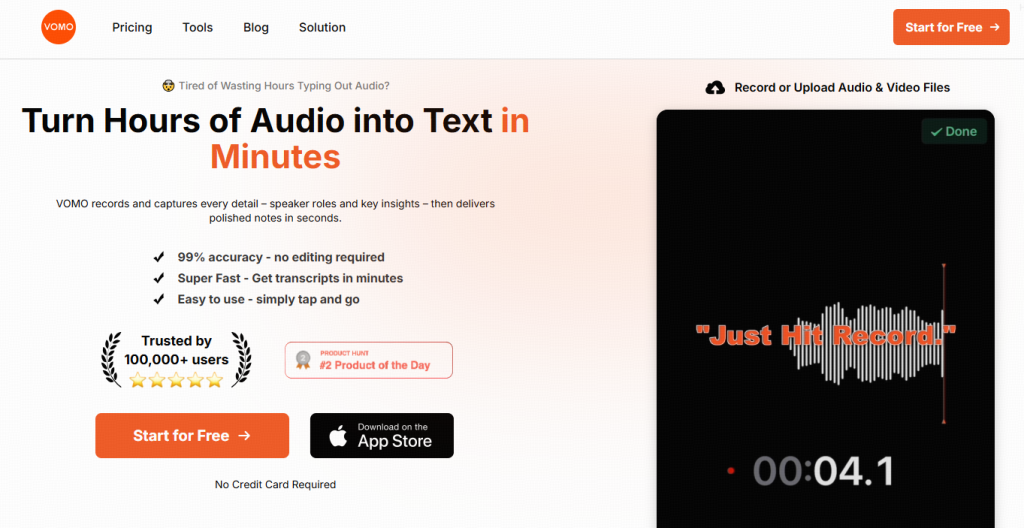Om du vill screen record on Mac with audio, the process is simple and can be done using built-in tools or third-party apps. Whether you’re creating tutorials, capturing online meetings, or saving streaming content, macOS provides easy ways to record both your screen and system sound. In this guide, you’ll learn step-by-step methods that work seamlessly in 2025.
Why Screen Recording with Audio on Mac is Useful
Screen recording with audio allows you to save not just visuals but also important commentary or soundtracks. For example, you might need to capture a presentation with narration, an online class, or a product demo with explanations. Having both video and sound makes the recording more valuable for replay or sharing.
Screen recording is also increasingly important in video marketing. According to Wyzowl, 22% of video marketers primarily create screen recording videos, highlighting their value in tutorials and product demonstrations.
If you want to convert your screen recordings into text, VOMO can automatically transcribe your videos, turning them into searchable notes or summaries in just a few clicks.
59% of companies now use AI to automatically generate captions and transcripts for videos, showing how AI-modeller are transforming both screen recording and video content workflows.

Method 1: Use QuickTime Player to Screen Record on Mac with Audio
QuickTime Player comes pre-installed on all Macs and can be used for quick recordings:
- Open QuickTime Player.
- Click on “File” > “New Screen Recording.”
- Enable the microphone or system audio option.
- Select the recording area and start capturing.
This method is perfect for basic needs, but it has some limitations when recording internal audio.
Method 2: Use macOS Screenshot Toolbar for Screen and Audio Recording
On newer macOS versions (Mojave and later), you can press Skift + Kommando + 5 to open the Screenshot Toolbar. From here, you can:
- Select whether to record the entire screen or a portion.
- Enable microphone input to include audio.
- Save the file directly to your desktop.
This tool is lightweight and efficient, making it a favorite among Mac users.
Method 3: Use Third-Party Apps for Advanced Features
If you need more than the basics, third-party apps like OBS Studio, ScreenFlow, or VOMO provide advanced options such as:
- Recording internal system audio easily.
- Adding overlays and effects.
- Saving transcripts with ljud till text funktioner.
These apps are great for professional creators who need higher control over quality and editing.
How to Turn Your Screen Recording into Text
Once you’ve recorded a screen session, you might want to extract the spoken words into text. Tools like VOMO can help convert your video till text, making it easy to create summaries, searchable notes, or captions. This is especially useful for students and professionals who want to save time and make recordings more accessible.
Tips for Better Screen Recording Results on Mac
- Always test your microphone before starting.
- Record in a quiet environment for clear sound.
- Save your recordings in a high-resolution format for better playback.
- Use external microphones if you need professional-grade ljudkvalitet.
Slutliga tankar
Learning how to screen record on Mac with audio in 2025 is easier than ever. Whether you stick with QuickTime Player, use the Screenshot Toolbar, or try advanced apps like OBS or VOMO, you’ll find a method that fits your needs. And with AI-powered tools, you can even turn those recordings into searchable transcripts or notes, giving your content extra value.


